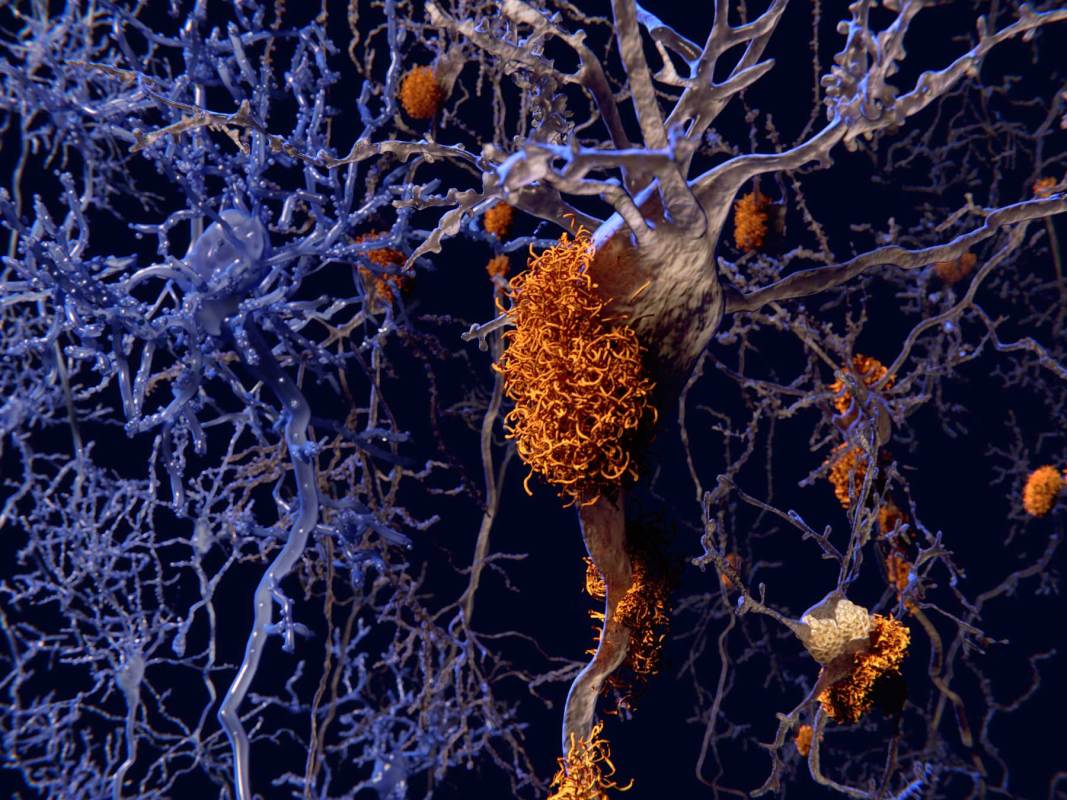Alzheimer’s just got a little less confusing.
Scientists have uncovered the structure of a key protein that leads to the neurodegenerative effects caused by Alzheimer’s disease and could help produce future treatments.
Described as a “tremendous step forward” by Indiana University researchers, the finding allows scientists to examine how the disease works on a deeper level.
It’s the first time the chemical structure of the tau protein, which is believed to be responsible for the disease’s neurodegenerative effects, has been identified. Researchers published high-resolution images along with their findings in the journal Nature on Wednesday.
The scientists used a technique called cryo-electron microscopy (cryo-EM) to see the structure of the molecule, one of two abnormal protein deposits linked to neurodegenerative diseases.
Researchers have known that faulty tau proteins impede cognitive function for decades, but its the first time the molecule’s been examined up close.
“It’s clear that tau is extremely important to the progression of Alzheimer’s disease and certain forms of dementia. In terms of designing therapeutic agents, the possibilities are now enormous,” said lead researcher Bernardino Ghetti.
Whether you’re looking to get into shape, or just get out of a funk, The Charge has got you covered. Sign up for our new wellness newsletter today.
























